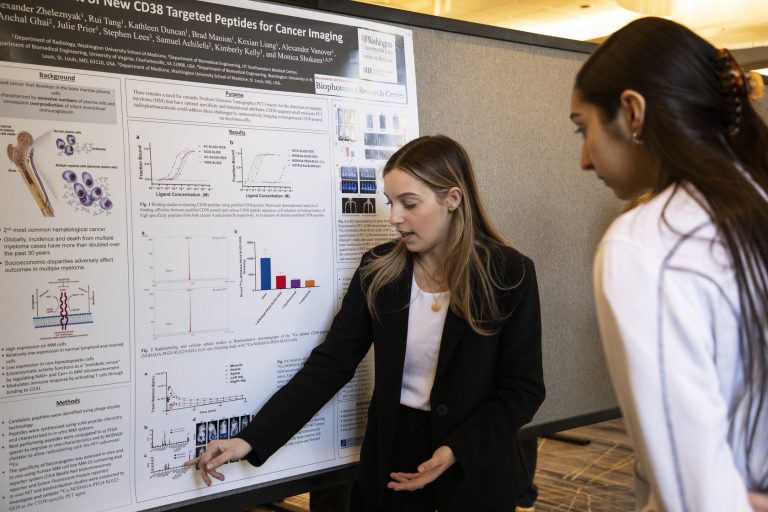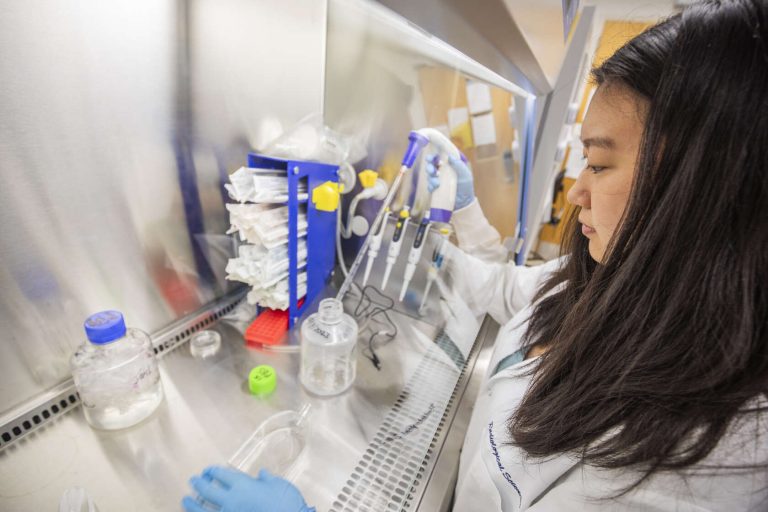CNS Neuropsychopharmacology and Multimodal Imaging Lab
Projects
PET Clinical Study of Novel Antipsychotic LB-102
Goal
The goal of this study was to use PET imaging with [C-11]raclopride to calculate the D2/D3 receptor occupancy of novel antipsychotic LB-102.
Imaging Nicotinic Acetylcholine Receptors in Healthy Participants and Participants With Schizophrenia
Goal
This study will explore the relationship between nAChR availability, schizophrenia severity, and cognitive function.
Assessment of Brain Sigma-1 Receptor Occupancy After Blarcamesine in Healthy Volunteers and Parkinson’s Disease Patients
Goal
This study aims to further the development of a sigma-1 receptor agonist as a possible therapy for Parkinson’s disease. Our lab will recruit healthy volunteers and patients with Parkinson’s disease. We will test several different blarcamesine dosing levels and determine Sigma-1 receptor occupancy using [F-18]FTC-146 PET.
[F-18]VAT Radiotracer Development
Goal
We are working on a radiotracer designed to bind selectively to vesicular acetylcholine transporter (VAChT), which is an effective biomarker for acetylcholine signaling. This tracer may be helpful in studying Alzheimer’s disease.
Novel Analgesic as Alternative to Addictive Opiates—Phase 1 Trial
Goal
Using three different radiotracers, we will determine the receptor occupancy of a novel analgesic at μ-opioid, D1, and 5-HT2A receptors to find the optimal dosing level.

Our People
The lab, led by Dean Wong, MD, PhD, includes a diverse team specializing in computational science, radiochemistry, cellular biology, psychology and public health.



